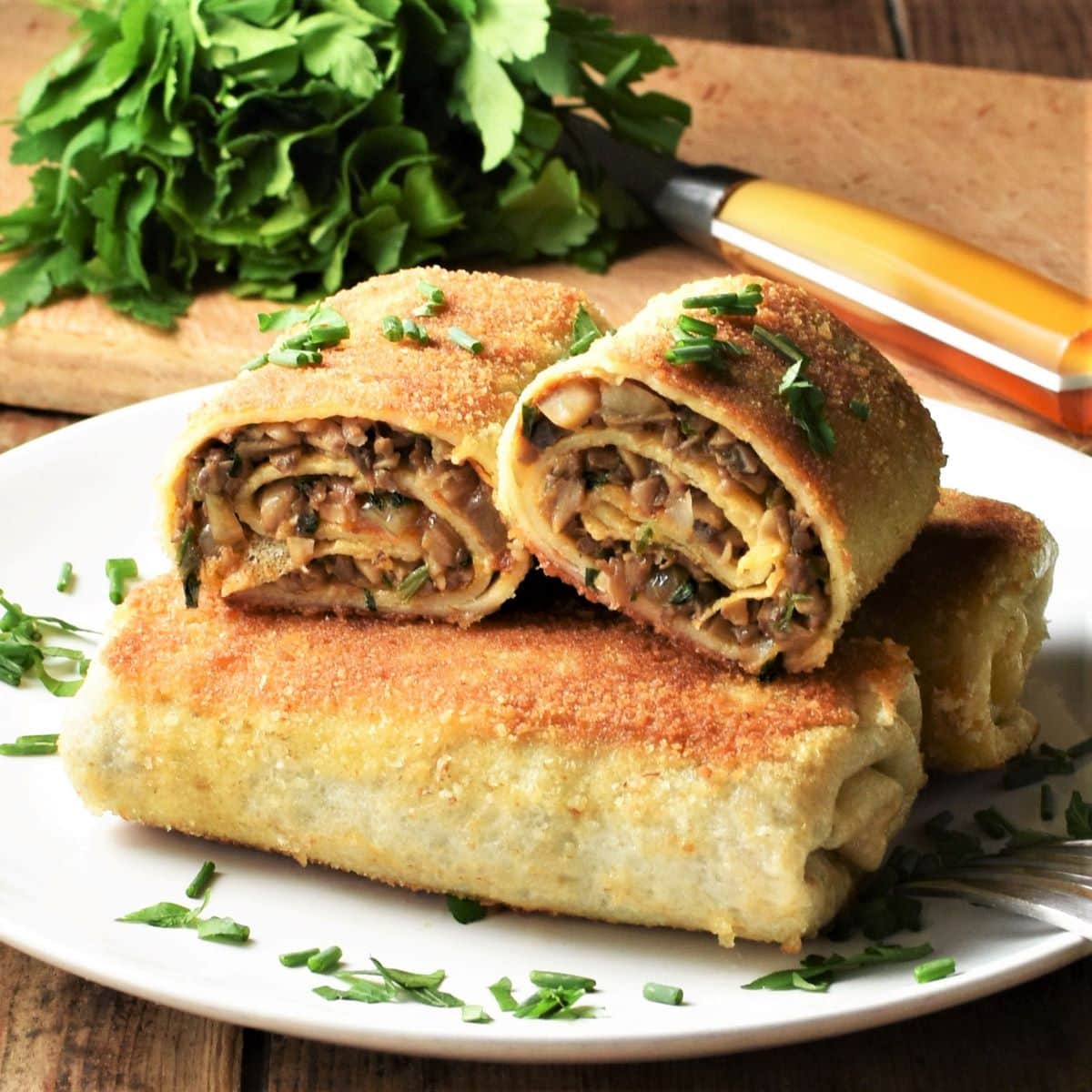Polish food offers a tasty mix of flavors and textures. From hearty soups to sweet pastries, there’s something for everyone to enjoy. Polish recipes often use simple ingredients to create filling meals perfect for cold weather.
You can easily make many classic Polish dishes at home. With just a few key items from the grocery store, you’ll be able to whip up traditional favorites like cabbage rolls, potato soup, and fruit-filled pastries. These recipes let you bring a taste of Poland to your own kitchen without much fuss.
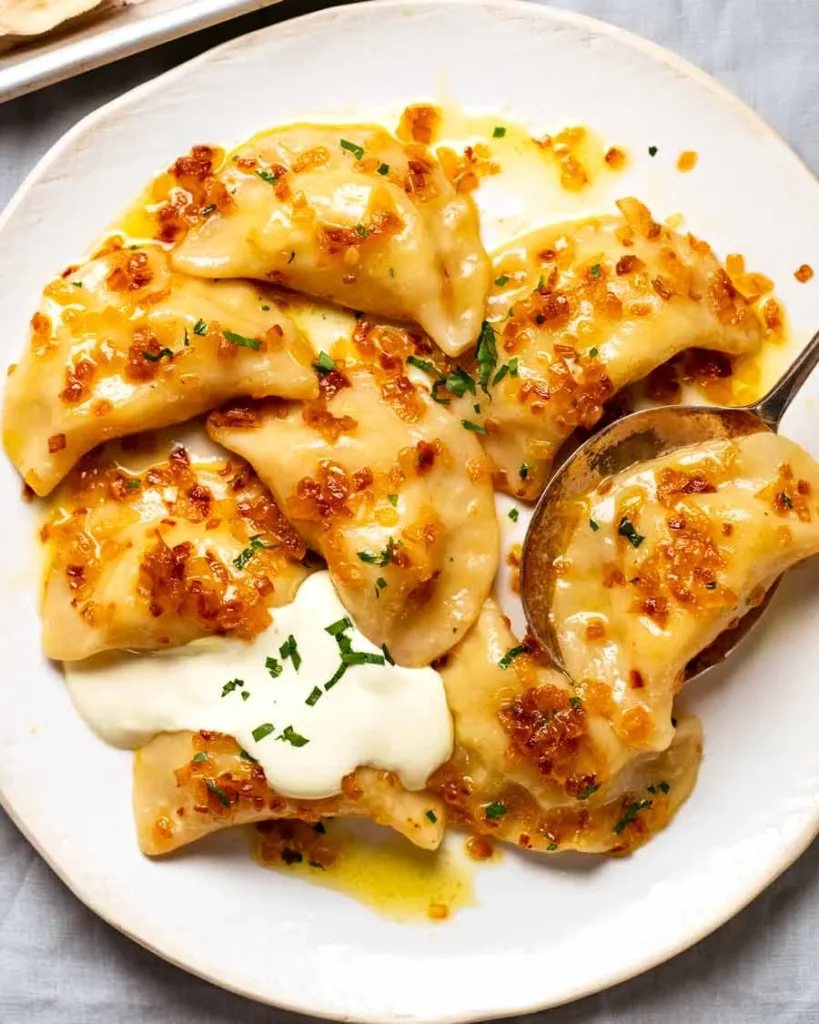
1. Pierogi Ruskie
Pierogi Ruskie are classic Polish dumplings filled with potatoes and cheese. To make them, you’ll need to prepare a simple dough and a savory filling.
For the filling, mash cooked potatoes and mix them with farmer’s cheese. Add fried onions for extra flavor. Season with salt and pepper to taste.
Roll out the dough thinly and cut it into circles. Place a spoonful of filling in the center of each circle. Fold the dough over and seal the edges to form a half-moon shape.
Cook the pierogi in boiling water until they float to the surface. Serve them with melted butter, fried onions, or crispy bacon bits on top.
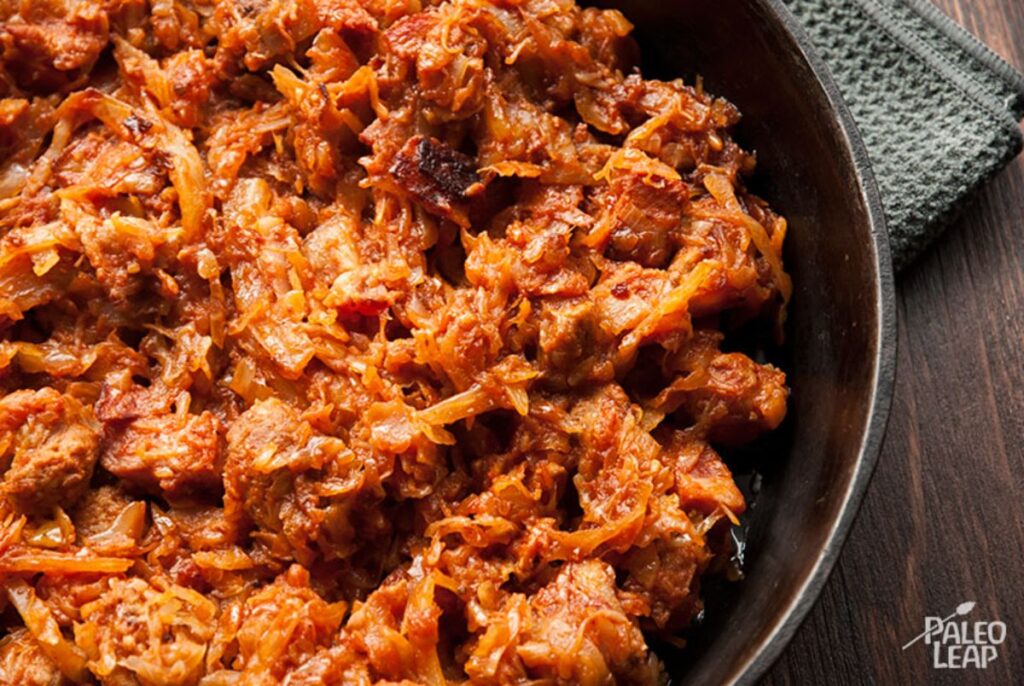
2. Bigos
Bigos is a hearty Polish stew that’s perfect for cold days. You’ll love this flavorful dish made with sauerkraut, various meats, and mushrooms.
To make bigos, start by frying bacon and onions. Then add chopped meats like pork shoulder and sausage. Mix in sauerkraut, dried mushrooms, and spices such as juniper berries and black pepper.
Simmer the stew for several hours, stirring occasionally. This long cooking time allows the flavors to meld beautifully. Add a splash of wine or water if needed to keep it moist.
Serve your bigos hot with crusty bread. It tastes even better the next day!
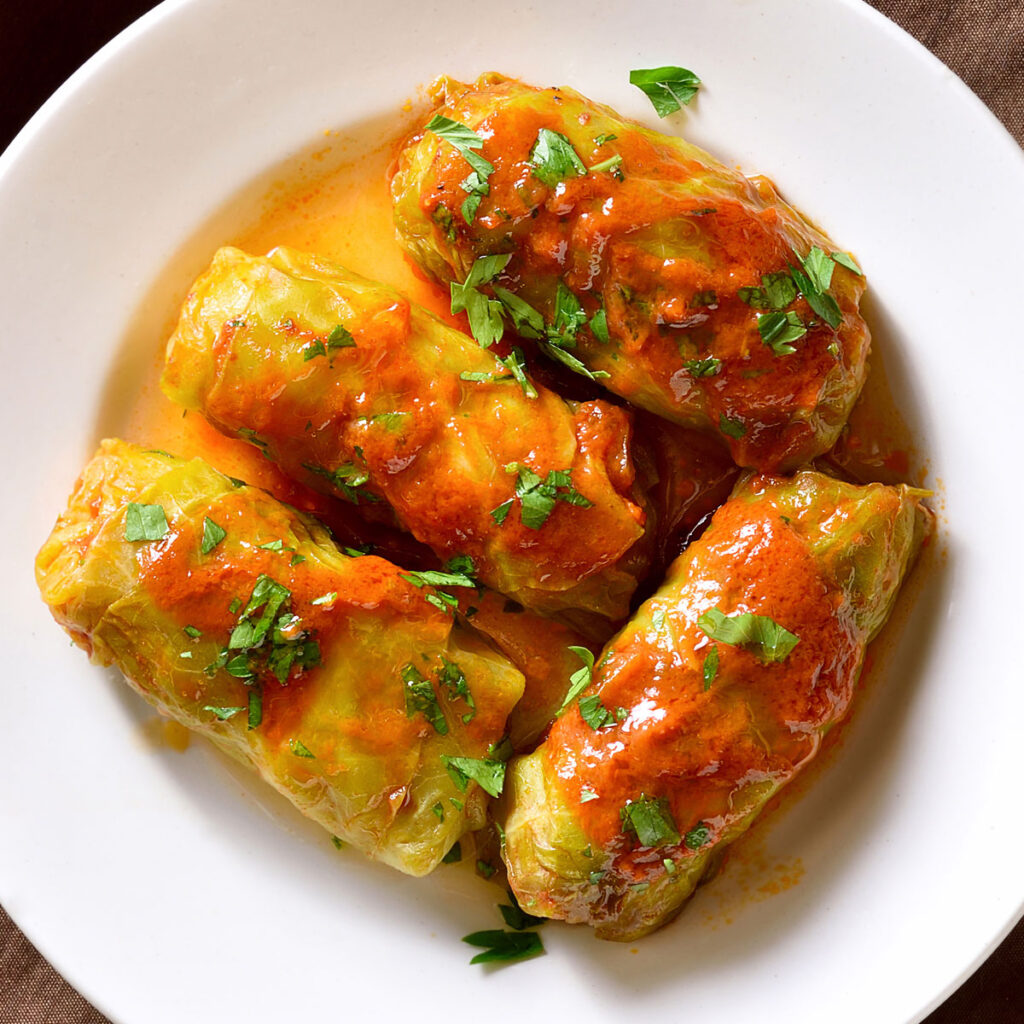
3. Golabki
Golabki are Polish stuffed cabbage rolls. You’ll love these savory bundles of flavor. They’re made with cabbage leaves wrapped around a filling of ground meat and rice.
To make golabki, start by boiling cabbage leaves until soft. Mix ground beef or pork with rice, onions, and spices. Put a spoonful of the mixture on each leaf and roll it up.
Place the rolls in a pot and cover with tomato sauce. Simmer them slowly until the meat is cooked through. The result is tender, flavorful cabbage rolls that are perfect for a hearty meal.
Serve golabki hot with extra sauce and a side of mashed potatoes or bread. They’re even better the next day as leftovers.
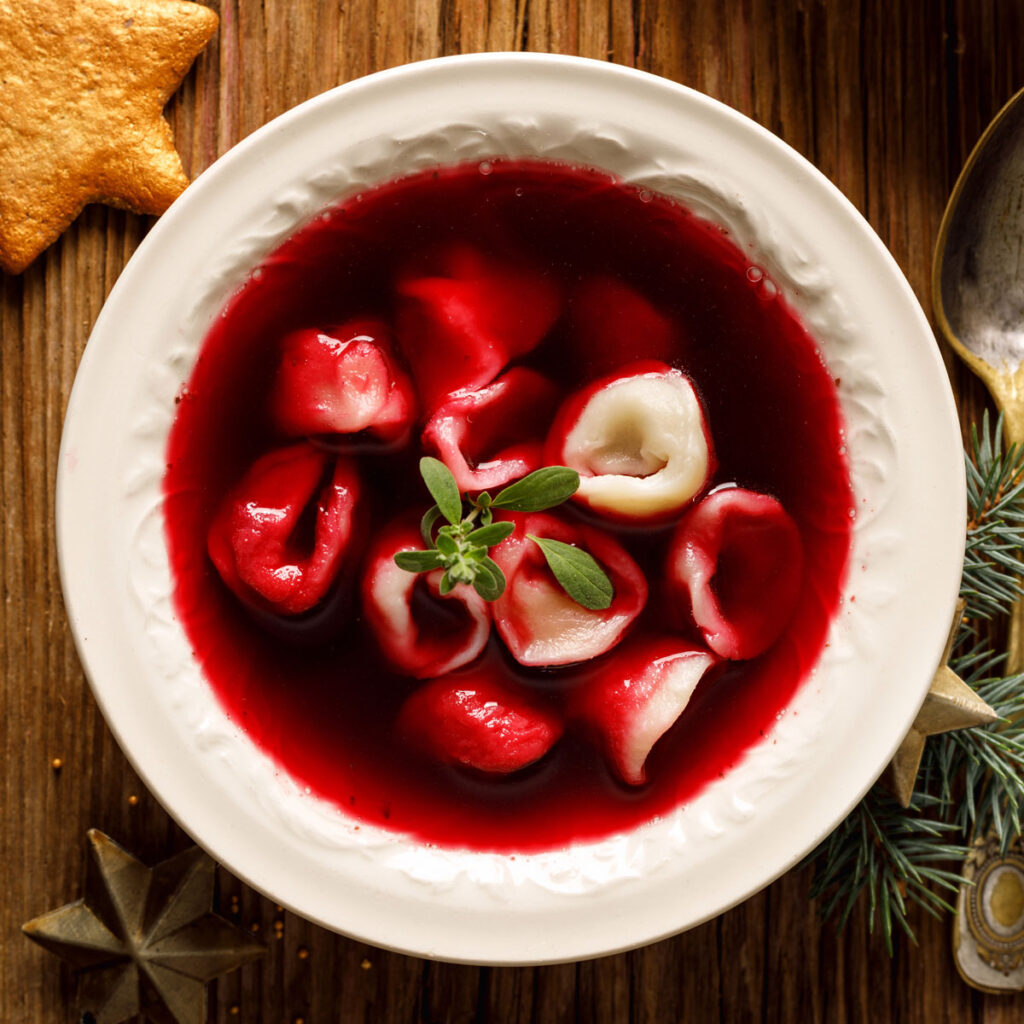
4. Barszcz
Barszcz is a classic Polish beet soup. You’ll find it on many holiday tables, especially during Christmas Eve dinner.
To make barszcz, start by creating a flavorful broth. Simmer vegetables like carrots, celery, and onions with meat bones or mushrooms.
Next, add peeled and chopped beets to the broth. Let them cook until tender. Some recipes include garlic and marjoram for extra flavor.
Strain the soup to get a clear, ruby-red liquid. Serve barszcz hot in mugs or bowls. You can add small dumplings called uszka for a heartier meal.
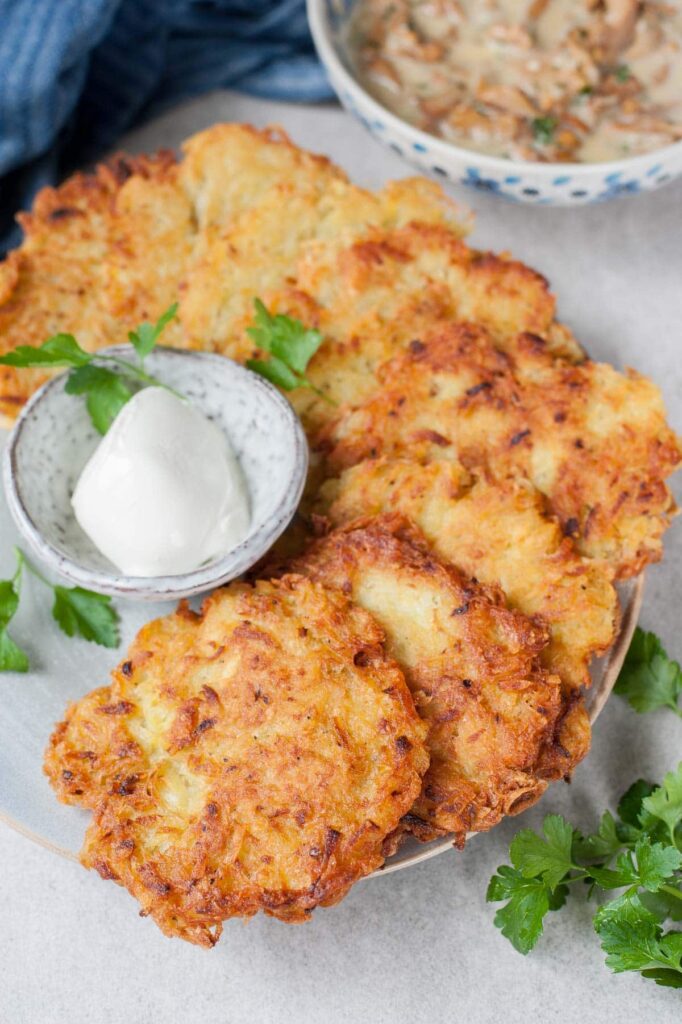
5. Placki Ziemniaczane
Placki ziemniaczane are tasty Polish potato pancakes. You’ll love these crispy, golden treats. They’re made from grated potatoes mixed with onion and spices.
To make them, you grate potatoes and onions. Then you add flour, eggs, and salt. Mix it all together and fry small portions in hot oil.
You can eat placki ziemniaczane plain or with toppings. Try them with sour cream, applesauce, or goulash. They’re great for breakfast or as a side dish.
These pancakes are easy to make at home. You’ll need just a few simple ingredients. Give them a try for a taste of traditional Polish cuisine.
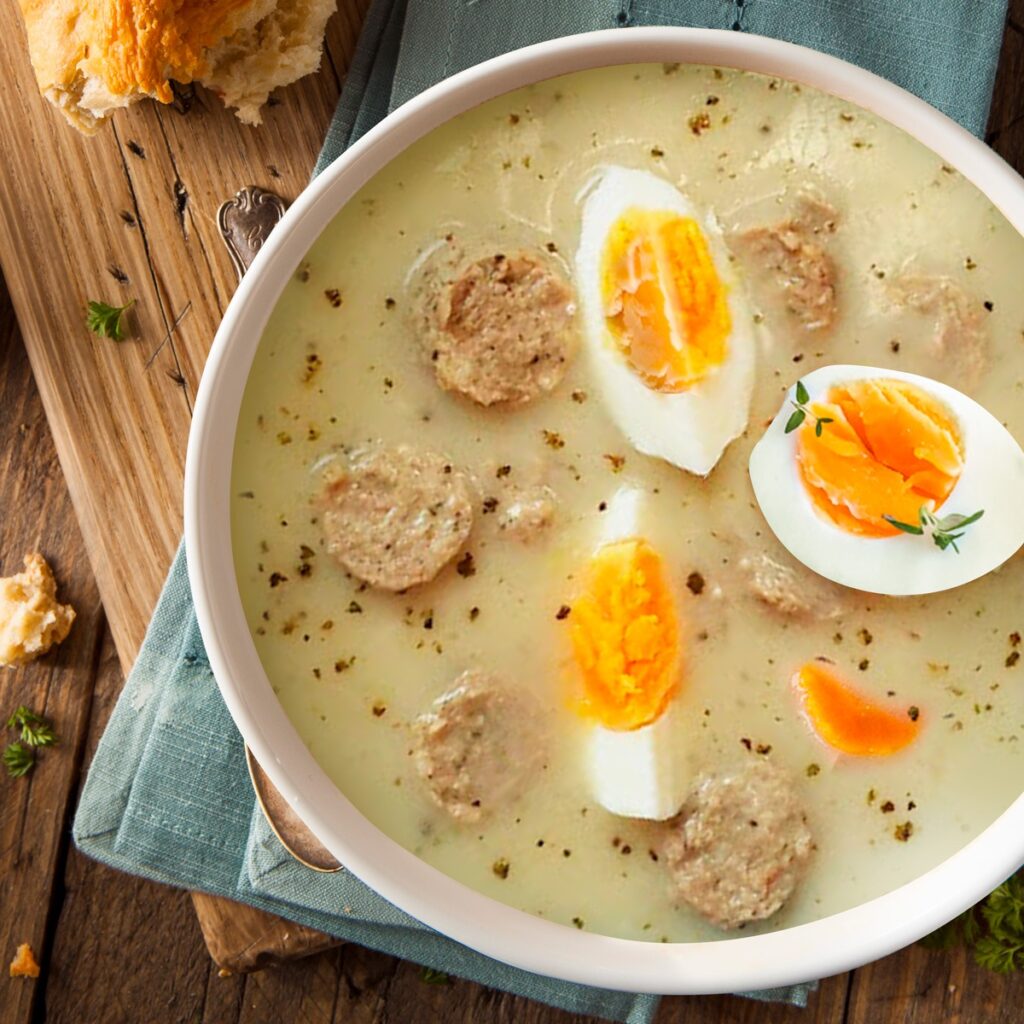
6. Zurek
Zurek is a classic Polish sour rye soup. You’ll love its tangy flavor and hearty ingredients. This soup starts with a fermented rye flour base called zakwas.
To make zurek, you simmer vegetables and meats in broth. Common additions include potatoes, carrots, and sausage. Boiled eggs often top the soup.
The soup gets its signature sourness from the zakwas. Some cooks add a splash of cream to balance the flavors. Marjoram and garlic give zurek its aromatic punch.
Zurek is traditionally served in a bread bowl during Easter. You can enjoy this comforting soup year-round as a filling meal.
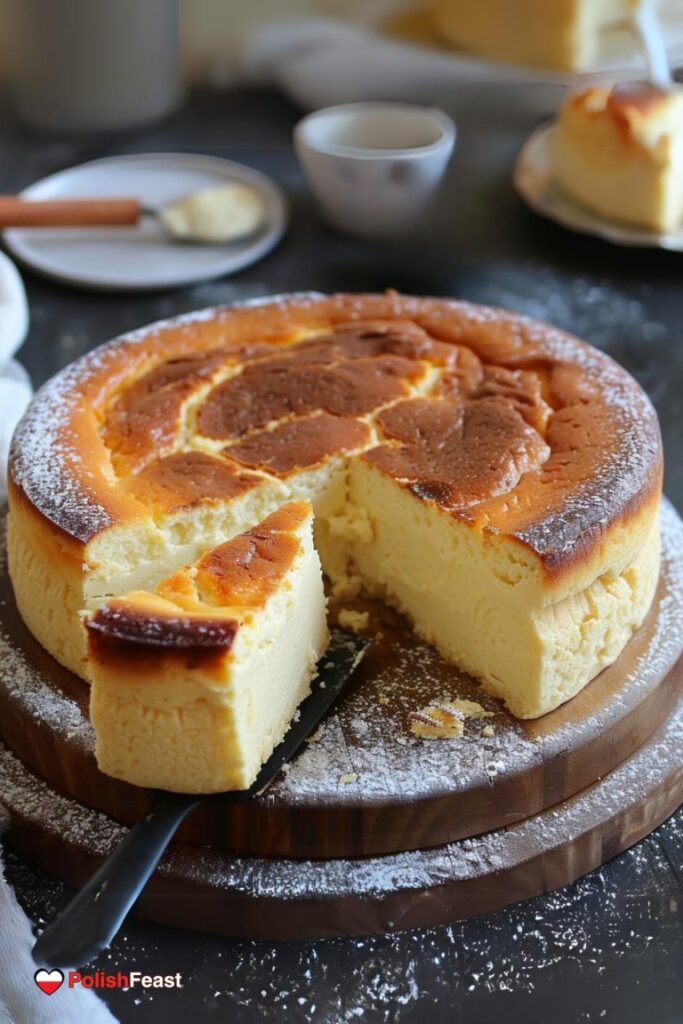
7. Sernik
Sernik is a beloved Polish cheesecake that will satisfy your sweet tooth. This creamy dessert uses farmer’s cheese as its main ingredient, giving it a unique texture and flavor.
To make sernik, you’ll start by preparing a buttery crust. Next, you’ll create a rich filling by blending farmer’s cheese, eggs, sugar, and vanilla.
Pour the filling into your prepared crust and bake until golden. Some recipes add toppings like fruit or chocolate for extra indulgence.
Sernik is perfect for special occasions or as a comforting treat with your afternoon coffee. Give this Polish classic a try and experience its delightful taste for yourself.
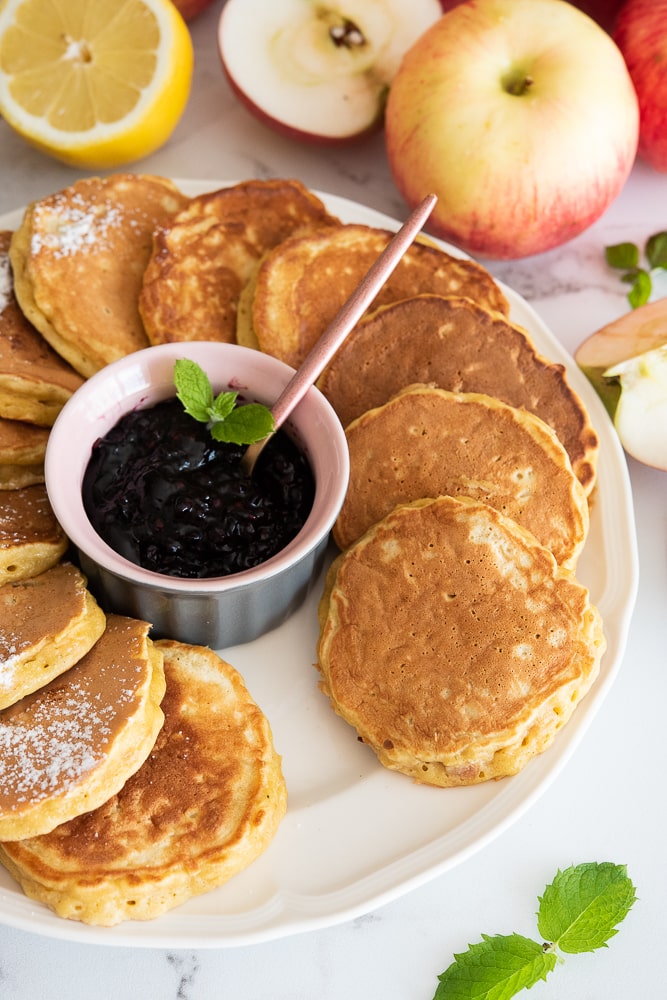
8. Racuchy
Racuchy are tasty Polish apple pancakes. You can make them easily at home. Mix flour, milk, eggs, and sugar to create the batter.
Slice apples thinly and fold them into the mixture. Heat oil in a pan over medium heat. Spoon the batter onto the hot pan.
Fry each pancake for about 3 minutes per side until golden brown. Serve warm with a sprinkle of powdered sugar on top.
Racuchy make a great breakfast or dessert. You can also try them with other fruits like pears or plums for variety.
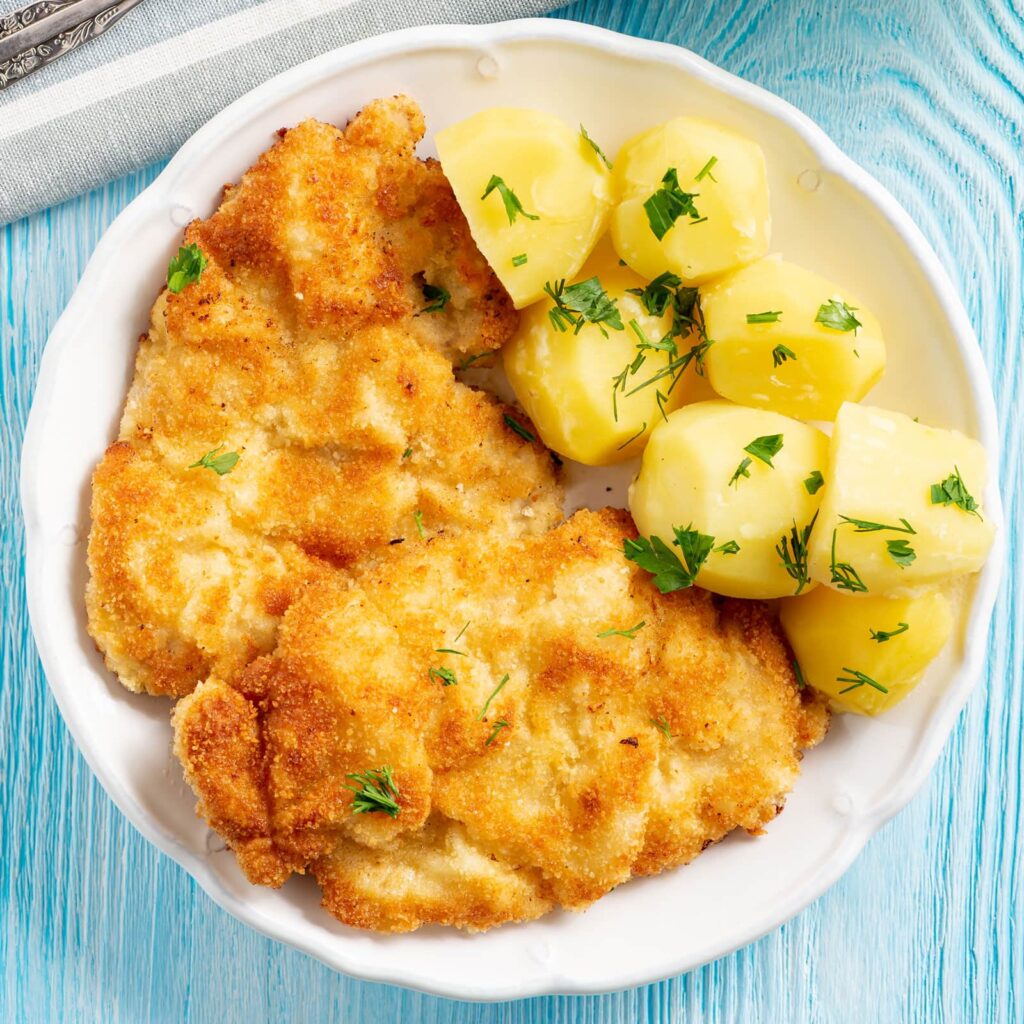
9. Kotlet Schabowy
Kotlet schabowy is a classic Polish pork cutlet dish. You’ll love this crispy, golden-brown delight. To make it, you pound pork loin until thin and tender.
Next, you soak the meat in a milky brine with onions. This step makes the pork extra juicy. After brining, coat the cutlets in flour, egg, and breadcrumbs.
Pan-fry the breaded pork until crispy on the outside and cooked through. Serve your kotlet schabowy hot with boiled potatoes and a side of mizeria (cucumber salad).
This dish is similar to Wiener schnitzel but uses pork instead of veal. You can also try this recipe with chicken or turkey for a tasty variation.
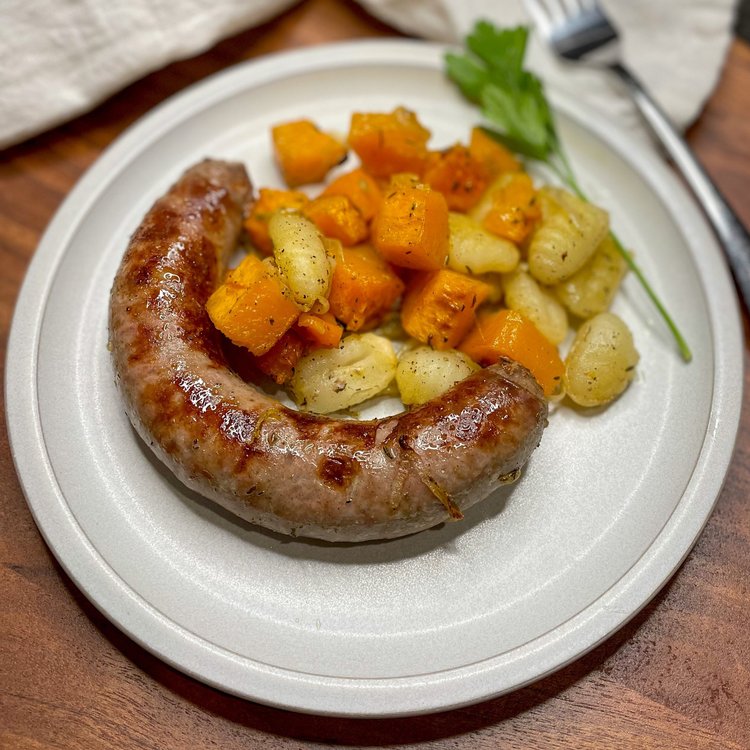
10. Kielbasa
Kielbasa is a beloved Polish sausage enjoyed in many dishes. You can find it in various forms, from fresh to smoked.
To prepare kielbasa, boil it in water or broth for about 10 minutes until heated through. For added flavor, try frying sliced kielbasa in a pan.
Kielbasa pairs well with sauerkraut. Fry the sausage with chopped onions, then add sauerkraut and cook for another 10 minutes. Season with salt and pepper to taste.
For a hearty meal, serve kielbasa with roasted potatoes or creamy mustard pasta. These combinations make for satisfying dinners that are easy to prepare.
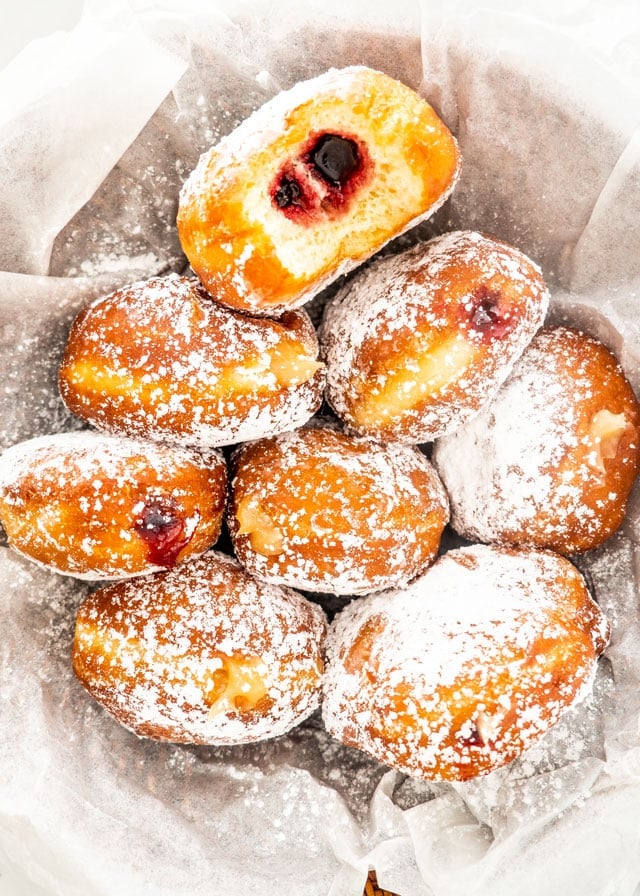
11. Paczki
Paczki are beloved Polish donuts traditionally eaten on Fat Thursday or Fat Tuesday. These round, deep-fried pastries are a sweet indulgence before Lent begins.
You’ll find paczki filled with fruit jams, custards, or cream. Their dough is rich and slightly sweet, creating a tender bite. A dusting of powdered sugar or thin glaze often tops these treats.
Making paczki takes time and patience. The dough needs to rest before frying. Once cooked, they’re best enjoyed fresh and warm. Their soft texture and delicious fillings make them worth the effort.
Try your hand at this Polish classic for a tasty Fat Tuesday tradition. Your family and friends will surely appreciate these homemade donuts.
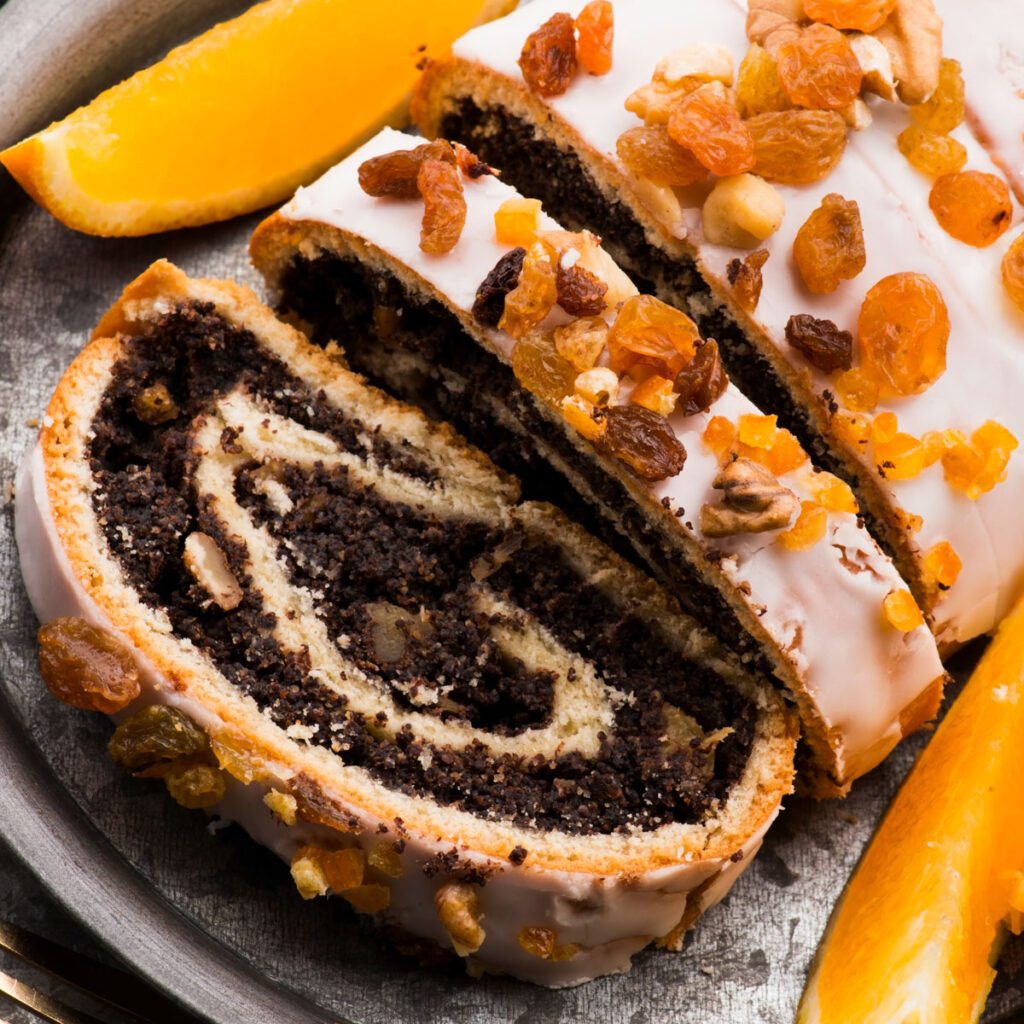
12. Makowiec
Makowiec is a beloved Polish poppy seed roll. You’ll find this sweet treat at many holiday tables and celebrations.
To make makowiec, you start with a yeast dough. Mix warm milk, sugar, yeast, flour, egg yolks, and butter. Let the dough rise until doubled.
For the filling, grind poppy seeds and combine with honey, nuts, and dried fruit. Roll out the dough, spread the filling, and roll it up.
After baking, the golden brown roll has a swirl of dark poppy seed filling inside. Slice and serve makowiec for a tasty Polish dessert.
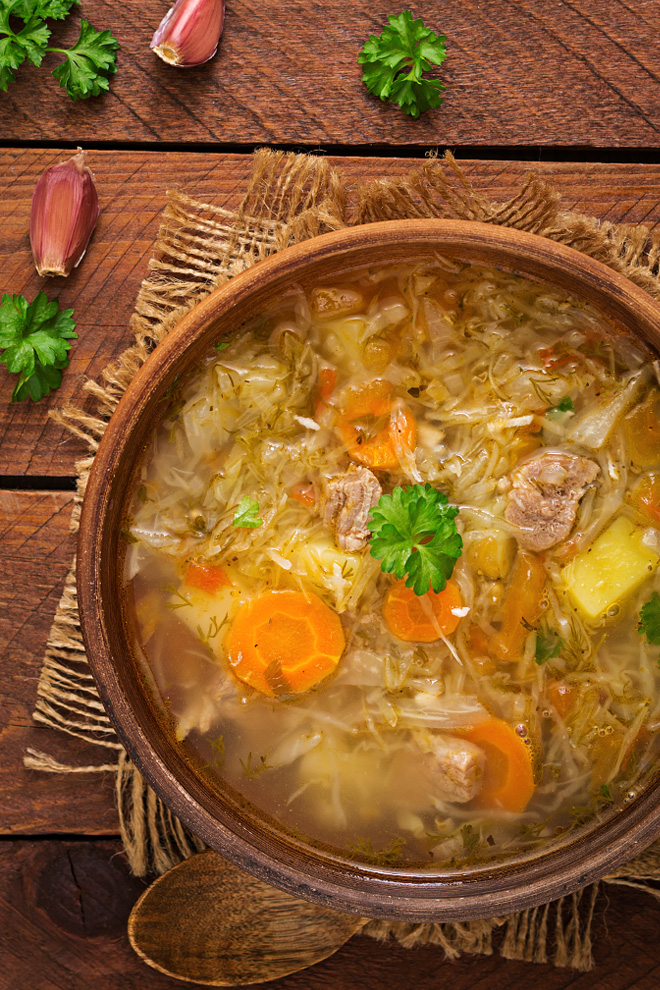
13. Kapusniak
Kapusniak is a hearty Polish soup that will warm you up on cold days. This comforting dish combines sauerkraut, potatoes, and meat for a flavorful meal.
To make kapusniak, start by cooking bacon until crispy. Add onions and carrots to the pan and sauté until soft.
Next, add sauerkraut, potatoes, and your choice of meat – often kielbasa or pork ribs. Pour in broth and let everything simmer until the potatoes are tender.
Season your kapusniak with dried marjoram for an authentic Polish touch. Serve hot, perhaps with a dollop of sour cream on top for extra richness.
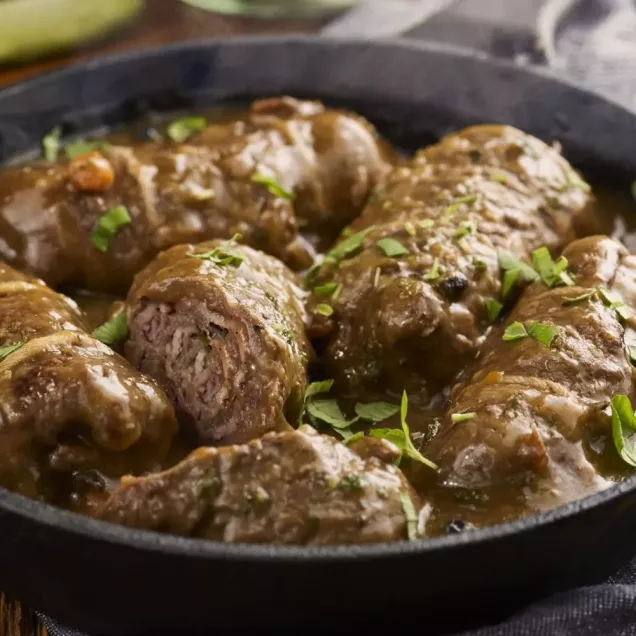
14. Zrazy
Zrazy are delicious Polish beef rolls that make a hearty meal. You start by pounding thin slices of beef and seasoning them with salt and pepper.
Next, spread mustard on each slice and add a filling of cooked onions, garlic, and spices. Roll up the beef slices tightly around the filling.
Brown the beef rolls in a pan, then simmer them in a savory sauce made with beef stock, wine, and tomato paste. The rolls cook slowly until the meat becomes tender.
Serve your zrazy hot, with the flavorful sauce spooned over top. These beef rolls go well with mashed potatoes or rice on the side.
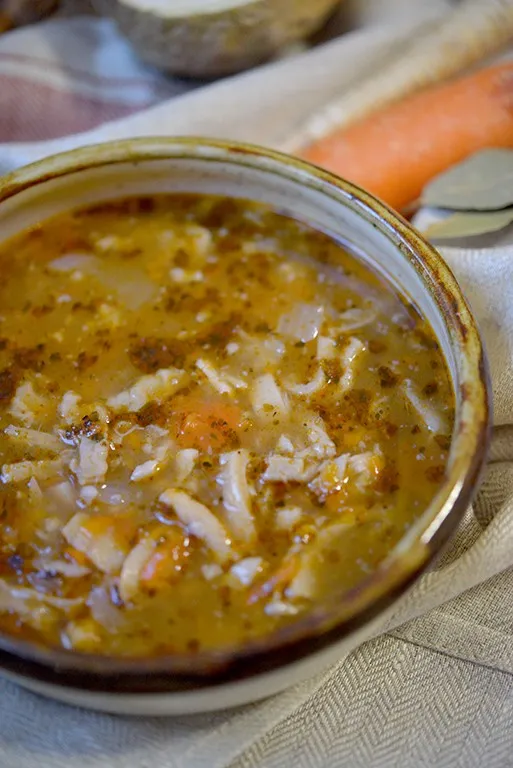
15. Flaki
Flaki is a traditional Polish tripe soup. It’s made with beef tripe, vegetables, and spices. The soup has a rich flavor and thick texture.
To make flaki, you’ll need to clean and cook the tripe first. Then, add it to a broth with carrots, celery, and parsley. Spices like marjoram give the soup its distinct taste.
Some people serve flaki with meatballs or bread on the side. Others like to sprinkle cheese on top. It’s often eaten as a hangover cure in Poland.
Flaki can take time to prepare, but many find it worth the effort. Its unique flavor makes it a beloved dish in Polish cuisine.
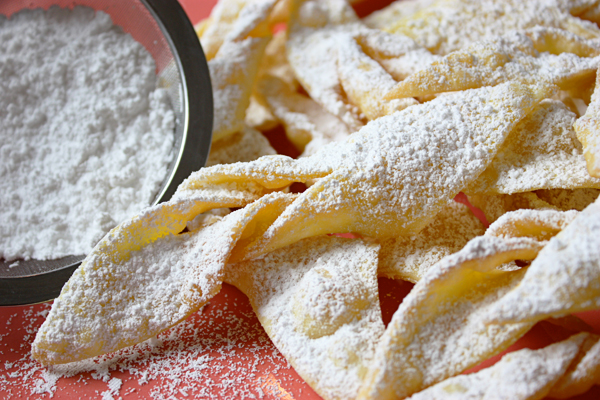
16. Chrusciki
Chrusciki are delicate Polish cookies also known as angel wings. These crispy treats are perfect for special occasions.
To make chrusciki, you’ll need flour, sugar, egg yolks, cream, and a splash of spirits. Mix the ingredients to form a dough, then roll it out very thinly.
Cut the dough into strips and form them into bow shapes. Fry the cookies in hot oil until golden brown. Once cooled, dust them with powdered sugar.
Chrusciki have a light, crisp texture that melts in your mouth. You can enjoy these sweet morsels with coffee or tea. They’re a popular choice for holidays and celebrations in Poland.
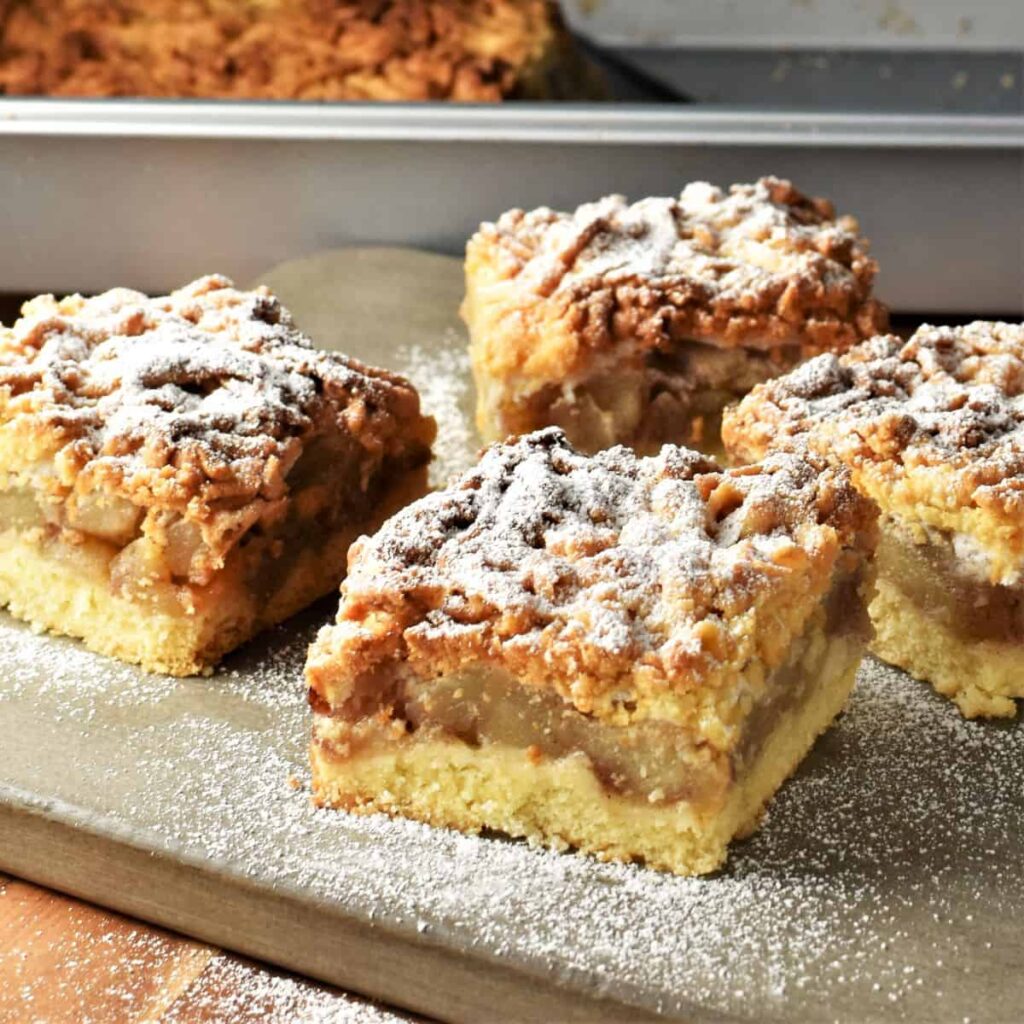
17. Szarlotka
Szarlotka is a beloved Polish apple pie that will satisfy your sweet tooth. This dessert features a buttery crust filled with cinnamon-spiced apples.
To make szarlotka, you’ll need flour, butter, sugar, eggs, and apples. Mix the dough ingredients and chill it while preparing the filling. Slice apples and toss them with cinnamon.
Press most of the dough into a baking pan, add the apple filling, and crumble the remaining dough on top. Bake until golden brown and the apples are tender.
Serve your homemade szarlotka warm or at room temperature. You can add a scoop of vanilla ice cream or a dollop of whipped cream for extra indulgence.
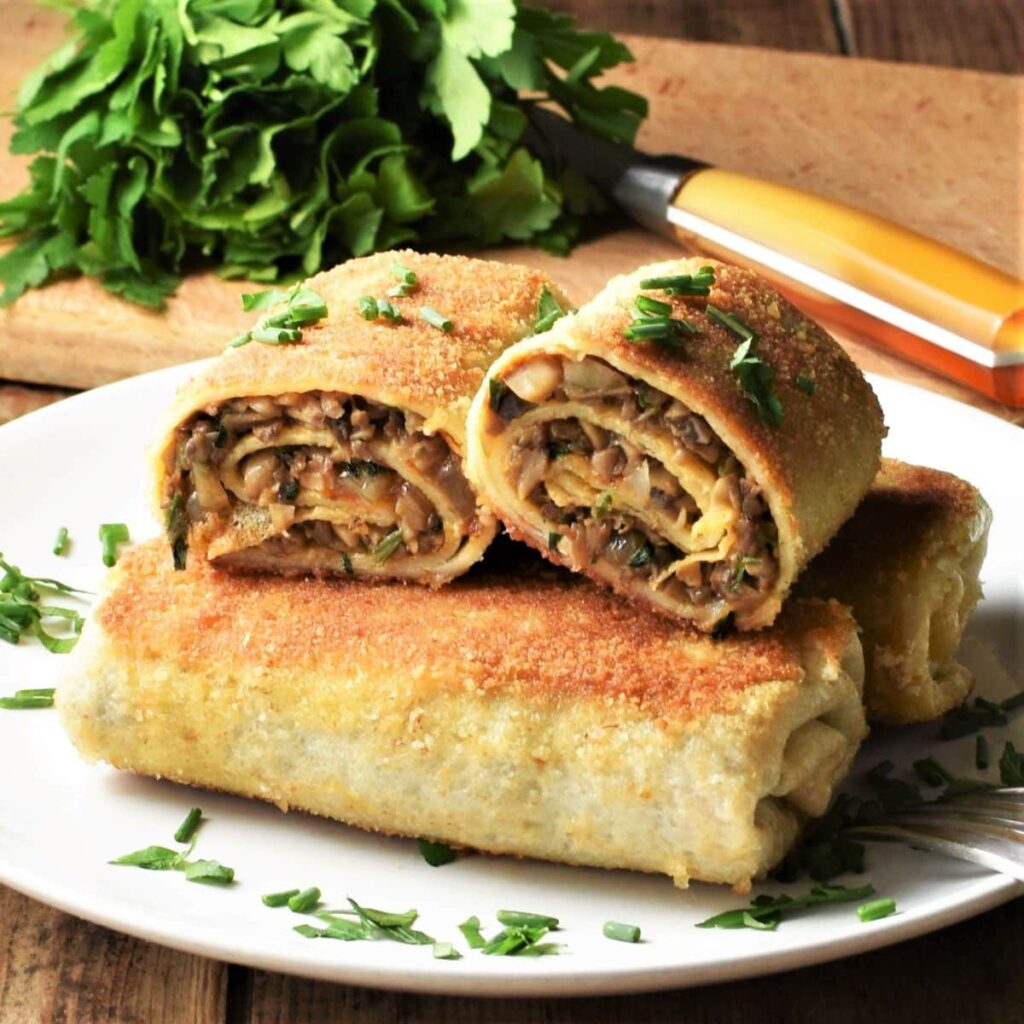
18. Krokiety
Krokiety are Polish croquettes that make a tasty appetizer or side dish. To make them, you’ll start by preparing thin crepes.
Fill the crepes with a savory mixture, often containing sauerkraut and mushrooms. Roll them up tightly.
Next, dip the rolled crepes in beaten egg and coat them in breadcrumbs. This creates a crispy outer layer.
Fry the breaded rolls in hot oil or clarified butter until golden brown. Serve your krokiety warm, perhaps with a side of barszcz (beet soup) for dipping.
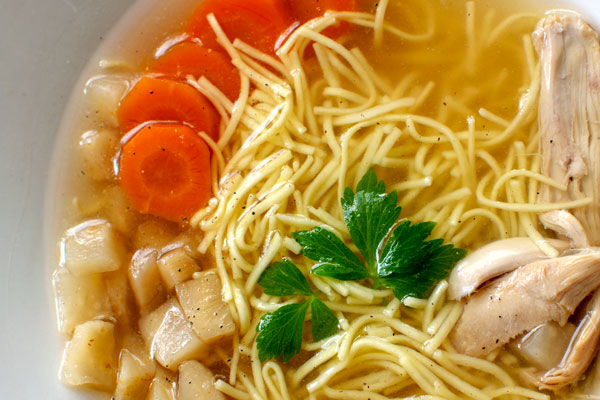
19. Rosol
Rosol is a traditional Polish chicken soup loved for its clear broth and simple ingredients. To make it, you’ll need chicken, vegetables like carrots and parsnips, and some spices.
Start by simmering chicken in water with vegetables and spices for a few hours. This creates a flavorful broth. Strain the liquid to get a clear soup.
Serve rosol hot with thin egg noodles or small dumplings. Add some chopped parsley on top for extra flavor. Many Polish families enjoy this comforting soup on Sundays or special occasions.
Rosol is known for its healing properties. People often eat it when feeling under the weather. Its warm, soothing broth can help you feel better.
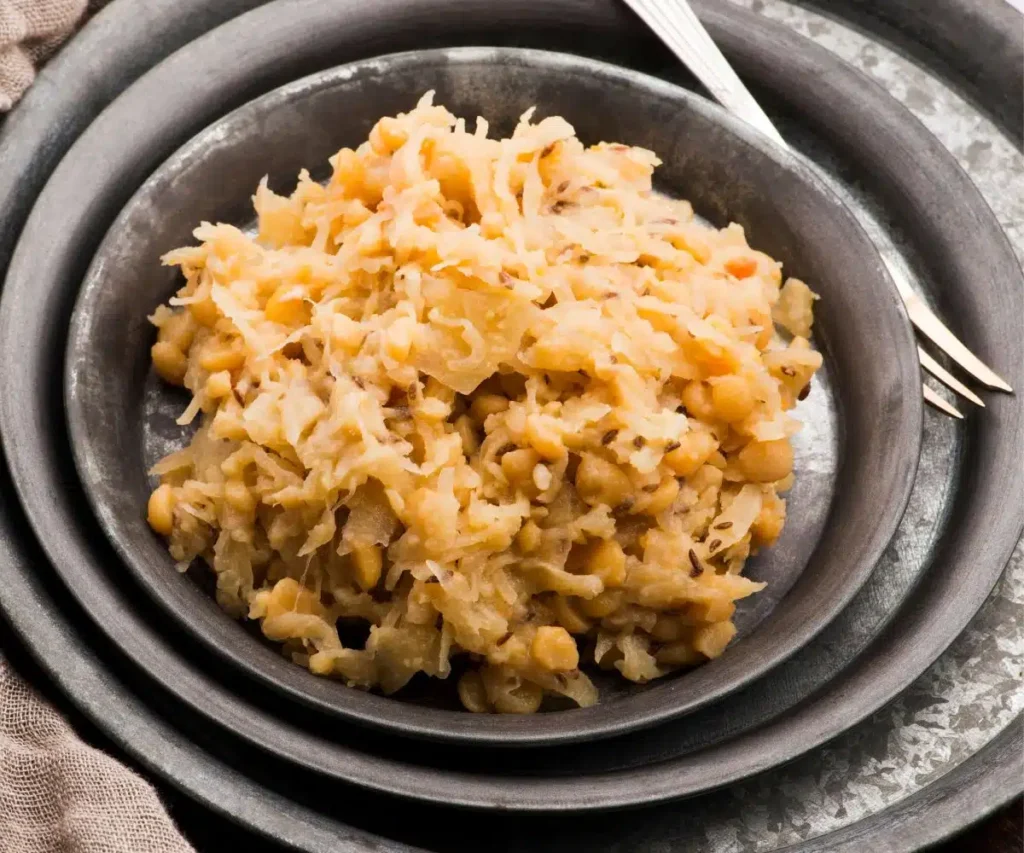
20. Kapusta z Grochem
Kapusta z grochem is a traditional Polish dish that combines cabbage and split peas. You’ll often find this hearty side served at Christmas Eve dinners.
To make it, you’ll cook shredded cabbage and sauerkraut with yellow split peas. The result is a thick, slightly tangy mixture with a satisfying texture.
This recipe has been enjoyed for generations. Its simple ingredients make it an affordable and filling option. You can serve kapusta z grochem hot as a side dish or even as a light main course.
Try making this classic Polish fare to add some authentic flavor to your next meal. It’s a tasty way to experience Polish culinary traditions.
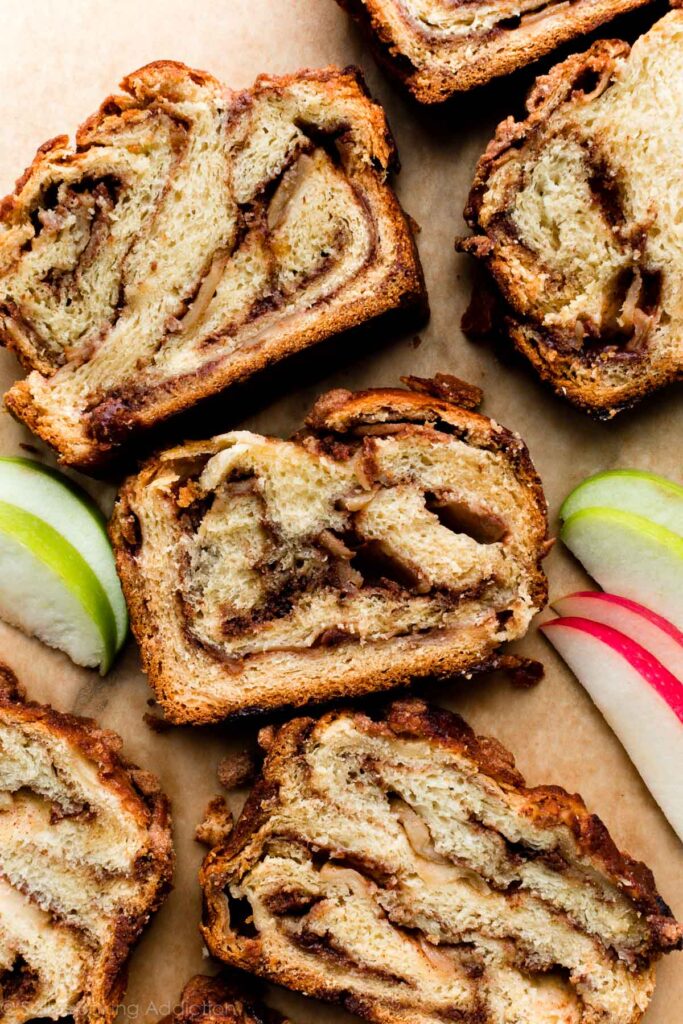
21. Babka
Babka is a beloved Polish sweet bread. You’ll find it in many Polish homes during holidays and special occasions.
This rich, yeasted bread often contains raisins soaked in milk or alcohol. Some recipes use a buttery dough flavored with vanilla and citrus zest.
Babka is typically baked in a bundt pan, giving it a distinctive round shape with a hole in the center. The golden crust is often topped with a sweet crumb mixture.
You can enjoy babka plain or try variations with cheese or chocolate fillings. It pairs well with coffee or tea for a delicious breakfast or afternoon snack.
Historical Background
Polish cuisine has a rich history dating back centuries. It blends influences from various cultures while maintaining its unique character. The food reflects Poland’s agricultural traditions and regional diversity.
Origins of Polish Cuisine
Polish cooking began with simple dishes using local ingredients. Farmers grew grains like millet, rye, and wheat. They also raised animals for meat and dairy. Wild game, fruits, and herbs added variety to meals. Salt was important for flavoring and preserving food.
Potatoes became a staple after being introduced in the 1700s. They’re now used in many classic Polish recipes. Cabbage and beets are other key vegetables in traditional dishes.
Pickling and fermenting helped preserve food for long winters. This led to popular items like sauerkraut and pickled cucumbers.
Influences from Neighboring Cultures
Polish food has been shaped by its neighbors over time. German influence can be seen in dishes like schnitzel and strudel. Russian and Ukrainian cuisines contributed borscht and pierogi.
Jewish communities in Poland also impacted the food culture. They introduced dishes like challah bread and gefilte fish.
French cooking techniques became popular among the Polish nobility in the 1700s. This refined some traditional recipes and added new ones to Polish cuisine.
Italian influences brought pasta dishes and tomato-based sauces to Poland. These were adapted to local tastes and ingredients.
Common Ingredients in Polish Cooking
Polish cuisine relies on a variety of ingredients that give dishes their unique flavors and textures. Many staples are used year-round, while others vary by season and region.
Staple Ingredients
Cabbage is a key ingredient in Polish cooking. You’ll find it in dishes like bigos (hunter’s stew) and stuffed cabbage rolls. Potatoes are another essential, used in soups, as side dishes, and in pierogi fillings.
Pork is the most common meat. You’ll see it in many forms – from roasts to sausages. Beef and chicken are also popular.
Dairy plays a big role. Sour cream adds richness to many dishes. Cottage cheese is used in desserts and savory dishes alike.
Grains like barley, buckwheat, and millet appear in soups and as side dishes. Rye is the preferred bread grain.
Seasonal and Regional Variations
In spring and summer, you’ll see more fresh vegetables and fruits in Polish cooking. Strawberries, cherries, and wild mushrooms are popular seasonal ingredients.
Coastal regions use more fish and seafood. Herring is a favorite, often served in cream or vinegar.
Mountain areas favor sheep’s milk cheeses and lamb dishes.
Wild game is more common in rural areas, especially in fall.
Pickled vegetables are used year-round but are especially important in winter when fresh produce is scarce.
Traditional Cooking Techniques
Polish cuisine relies on time-honored methods to create its rich flavors and textures. These techniques have been passed down through generations, preserving cultural heritage.
Preservation Methods
Pickling is a key preservation method in Polish cooking. Vegetables like cucumbers, cabbage, and mushrooms are pickled in brine or vinegar. This keeps food edible for months and adds tangy flavors.
Smoking is another important technique. Meats and fish are hung in smokehouses over smoldering wood. This process gives foods a distinct smoky taste and helps them last longer.
Fermenting cabbage to make sauerkraut is a Polish staple. The cabbage is salted and left to ferment, creating a sour, crunchy side dish packed with nutrients.
Drying fruits and mushrooms is common too. This concentrates flavors and allows storage for winter use.
Popular Cooking Methods
Braising is a go-to method for tough cuts of meat. You cook the meat slowly in liquid until tender. This technique creates hearty stews and roasts.
Roasting is used for meats and vegetables. It brings out deep flavors and crispy textures. Whole chickens, pork, and root vegetables are often roasted.
Frying is popular for foods like pierogi and potato pancakes. A quick fry in hot oil creates a crispy outside and soft inside.
Boiling is used for soups, dumplings, and many vegetables. This simple method is the base for many Polish dishes.
Baking is essential for breads and pastries. Polish bakers are known for their crusty loaves and sweet treats.
